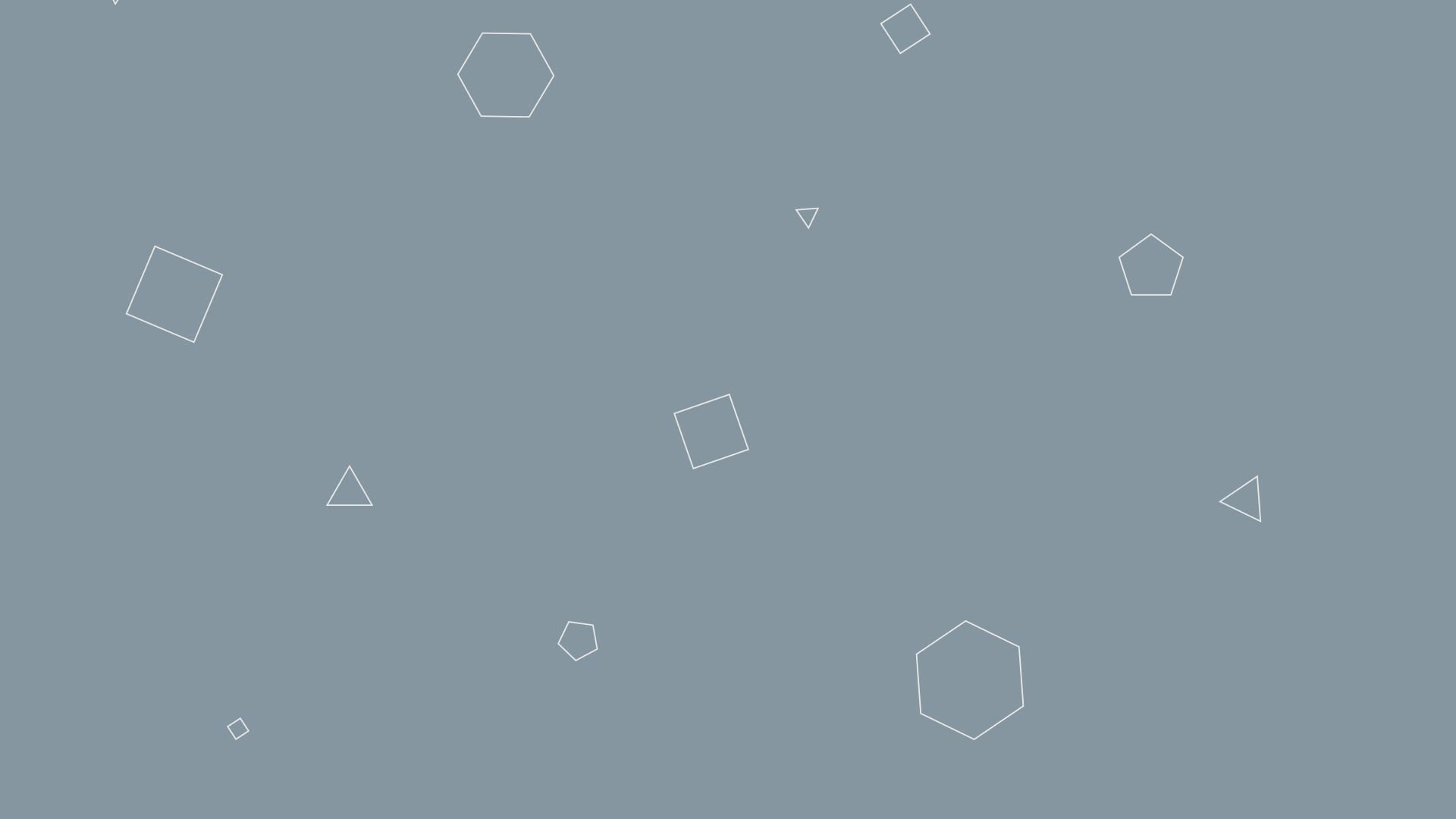
Walkabout















Materials
Context
Canon 60 D; 24-105 mm lense
Using only nine sites around the campus, I limited myself to take only three pictures in each site and using my visual language, such as balance, visual tension, rhythm, and proportion, tried my best to find good compositions.
In the landscape, there is much that we take for granted. I personally pass by the football field everyday, but never stop for it. Through this project, I looked at things at different angles and found the beauty in our daily life.
Thoughts
Self Portrait




Materials
Canon 60 D, 24- 105 lense; Lighting( Tungsten, table lamp)
Context
Self portrait photography is not just a "modern" thing. There is a long history about it. Photographers such as Marian Hooper Adams and Francesca Woodman took self portrait to look deeper and express themselves. It was said that self-portraits were conceived as a carefully composed study of different elements that was meant to last and be seen as art. In this project, we took four self-portraits--Two of them were the ones people normally see; and the other two are the ones people don't have chance to see it.
Thoughts
What we usually show people is a happy face. That's maybe because we don't want to make others worried, or because we just don't want others know we are actually weak. When you think of someone who you think is happiest in this world, he has his own sorrows too. Take myself as an example. I always show others happiness, like I showed in the first two photos; however, as I showed in the last two photos, I have something to hide and I am not free from worry.
Peeping

Materials
Canon 60 D; 24-105 lense; Lighting( Electric incandescent lamp)
Photoshop
Context
After watching the documentary of Gregory Crewdson, I was impressed by the power of composite photography. Working with a small team, we went to the forest, pre-visualized the photo, and then developed a sketch. On the second day, with all things prepared, we headed out and took the picture when the sun just came out. One of the reasons I named this photo as "peeping" is that other than the "stadium", there is a "punctum"--the girl hide behind the tree, which is that accident which might pricks the viewer.
Thoughts
When I happened to find this forest, it looked abandoned, which made an impression on me. The second time I went with my partners to capture this moment. This time, there were dead plants all around. These plants still had some soil on the bottom, and it was obvious that these were from some plant stores. These poor plants were desired only when they were young and beautiful. After the plants were dead, people threw them here. Then the plants died "again" in this "plants garbage area" without anyone caring. When we are taking about humanity, should we also consider other creatures?
Surveillance


Materials
DJI drone
Photoshop
Context
For this project, we learned the history and power of surveillance. Like most technology, it was at first used for military purposes. Nowadays, it is used not only to keep traffic organized, but also to track the crimes in cities. My partner Bri and I tried to use this technique to tell a big difference between people being under surveillance or not.
Thoughts
In the first picture, the two characters are drinking beers without anyone keeping an eye on them. In the second one, under surveillance, they are actually blowing bubbles. What we want to convey is that there is some conflict between surveillance and privacy. In big cities, surveillance cameras are everywhere to keep safety, which also takes freedom away from people. Finding a way to ensure both people's safety and freedom is crucial.
Camera Obscura



Materials
Canon 70D
Context
I have taken a lot of photos before I did this project. Never have I tried to build a camera obscura. After reading one part of Magic and Experience, I learned it was all start with optics--dioptrics, which "are indebted to the idea of seeing through something in the sense of insight or understanding," and catoptrics, which "are more oriented toward the illusionizing potential of projection, the artificial reality". Based on these findings, the actual practice can be dating from the fifth century B.C., in particular the writings of the natural Chinese philosopher Mo Ti. So, we, as a group, built a camera obscura and used it to project images on the wall.
Thoughts
Learning about the camera languages and using them to make our own camera is empowering. It was said when photographers are taking pictures, the camera is their eyes. Building a camera obscura can not only teach us how the cameras get images using the sensor and other parts of camera, but also let us know if we want to take a good picture, we must know our "eyes" well.